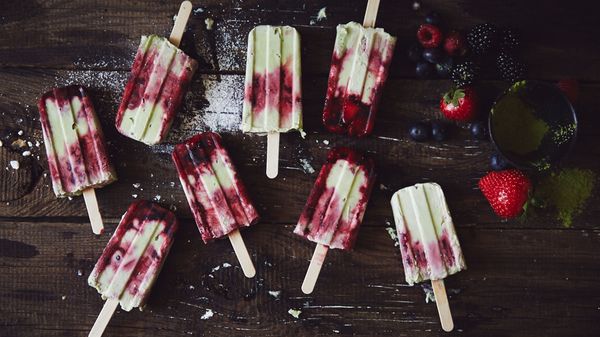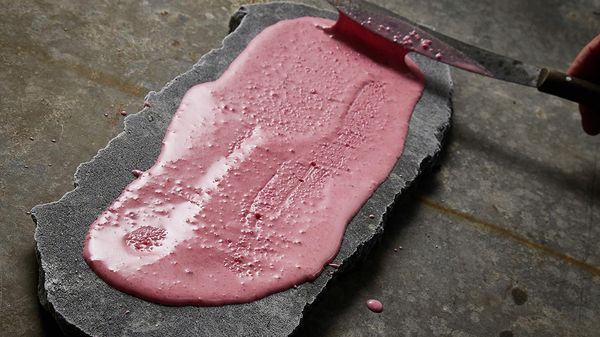This is what summer tastes like. Cool, melt-in-your-mouth perfection that combines the tangy intensity of freshly picked strawberries with mellow sweetness. The strawberry ice cream, served in cones in the Via Garibaldi in the centre of Turin, is an explosion of pure fruit flavours. And no wonder: while many other manufacturers use a range of emulsifiers, artificial flavours and food colourings to achieve their final product, this pink ice cream owes its deliciousness to just a few carefully selected natural ingredients. Guido Martinetti, one of GROM Gelateria’s two founders, reveals the real secret behind his recipes during a tour of his orchards.

What do a good wine and a perfectly crafted sorbet have in common? Quite a lot, says Guido Martinetti. We visit the orchard of the vintner who set out to save Italian gelato’s fading reputation.
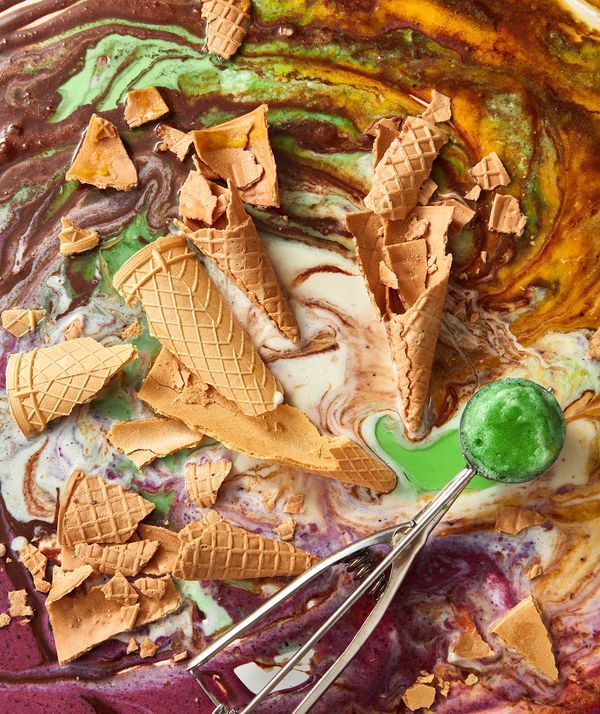
An experimental vineyard farm
We meet at Mura Mura, a fruit orchard in the middle of the famous wine region between Asti and Alba. This is where the flourishing vines that supply Barolo, Barbera d’asti and other famous Italian wines are grown. It’s also where Guido experiments with various cultivars of pear, melon and strawberry. Once the fruits of the experimental varieties have fully ripened, they find their way to the company’s own sensory lab, where they are taste-tested. Only the most flavourful fruits are planted in greater numbers the following year and eventually turned into delicious gelato. ‘To make the Fragola di Grom, we combined the Annabelle and Senga strawberry varieties in order to create a good balance of sweetness and acidity. And we don’t just do that for this recipe – many of our sorbets and ice creams owe their exceptional flavour to a cuvée of the finest ingredients,’ explains Guido.
A good sense of taste – and of the land
There’s a reason Guido Martinetti uses winemaking terminology: he’s a trained vintner. The grape harvest keeps him on his toes every autumn. An anecdote from Guido’s time as an apprentice illustrates the parallels between fine wines and exquisite ice cream. The 44-year-old from Turin learned his craft at the award-winning Château Margaux wine estate. There, he was taught by the late, legendary winemaker Paul Pontallier, who emphasised the importance of the soil. ‘Paul always used to say that the quality of a Château Margaux wine wasn’t down to him, but to the estate itself. I still follow that philosophy for growing and sourcing the raw materials for my ice cream,’ says Guido. And in addition to his extensive knowledge of farming methods and wine pressing, he gained something else: a highly developed sense of taste, the most important requirement for developing his many delicious recipes.
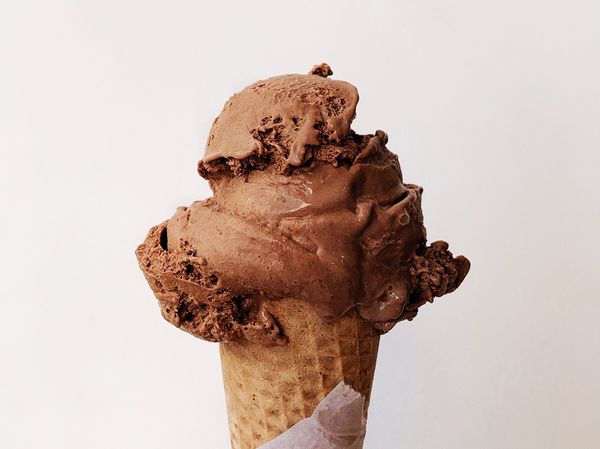
Busy bees
Guido strides through the rows of peach, pear, fig, apple and apricot trees, gesturing to demonstrate the different pruning techniques used at Mura Mura. He explains the reasoning behind these methods: ‘We use the same principles as vintners do in a green harvest. Superfluous branches are removed at a fixed point in the season, allowing the leaves to take in as much sunlight as possible. The greenery converts the UV rays into energy and passes it on to the fruits. You can taste the difference.’ But it’s far from the only technique being used here. The orchard is experimenting with crop rotation, alcove planting and natural fertilisers, as well as with different ways of working the chalk-rich soil by hand. The rest of the work is carried out by the industrious bees that live in the colourful hives dotted around the grounds. ‘Our estate has its own apiary,’ says Guido. ‘We plant insect-friendly shrubs and meadow flowers. We want the bees to be happy here, because they play an important role in nature.’
Perfectly imperfect
Not every piece of fruit that comes off the trees is beautiful. Some have spots on them or are oddly shaped. Guido picks a rosy little apple from a bough and smells it. He gives a short, happy sigh, and his voice takes on a note of passion: ‘At Mura Mura, we never look for the most attractive fruits, or the ones with the highest yield; we look for the ones with an exceptional flavour.’ The farms GROM partners with are chosen not just for their cultivation methods, but also for their perfect terroir – just as they are in winemaking. Hazelnuts, juicy peaches, apricots, melons, pears and strawberries are sourced from the Piedmont region. So are the three different types of grain used to bake the crumbly biscuits that go into some of the ice cream flavours. By contrast, lemons and almonds need the kind of climate and soil found in places like Sicily. ‘We only use ingredients that were grown under ideal conditions. For that reason, we also work closely with a number of growers in different parts of Italy and abroad. We have personally visited all the locations. We even went to see the cocoa plantations in Venezuela before using their beans.’
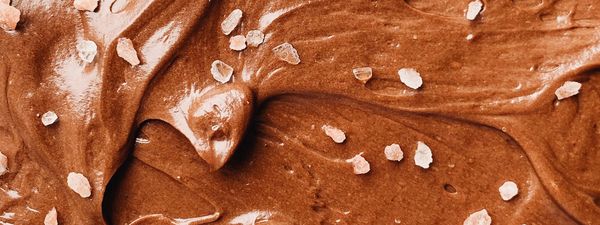
Obsessed with flavour
The words ‘Ossessione eccelenza’ decorate the wall of a small house near the Mura Mura estate’s pond. ‘It’s our motto, and it reminds us of our origins. ‘When Federico Grom and I founded the GROM label in 2003, we passionately, obsessively wanted to make the best Italian gelato in the world. That’s why we’re always working at Mura Mura,’ explains Guido, pointing at another trial field waiting to be planted. ‘Every year is different when you’re farming fruit, nuts or any other natural food product – just as with grapes. In 2018 and 2019, the Annabelle and Senga berries were ideal for making an exceptional strawberry ice cream. It’s possible that different varieties will taste better next year – and we’ll find out which ones here.’
The Italian ice cream renaissance
Once upon a time, Guido Martinetti and Federico Grom set out to save gelato italiano before it was lost for good. They’ve now convinced people like Carlo Petrini, president of the internationally renowned Slow Food movement, that it’s back. One ice cream parlour and a 30-hectare orchard in the heart of Piedmont has turned into a label with 53 stores in Italy and 28 branches in other countries. Recently, they have even started producing tubs of some of their delectable flavours, allowing people to enjoy them from the comfort of their own sofa. But doesn’t that come at the expense of quality? Guido says it’s not an issue. ‘No – our approach to the raw materials and recipes remains the same. We’ll also continue to be guided by the seasons. You won’t see us producing raspberry ice cream in winter. We’ve centred our production near Turin so we can have oversight of everything that goes out to our branches worldwide. The only difference between a serving of GROM ice cream from a store in Turin and one from a store in New York is the air stirred in during the local churning process.’

